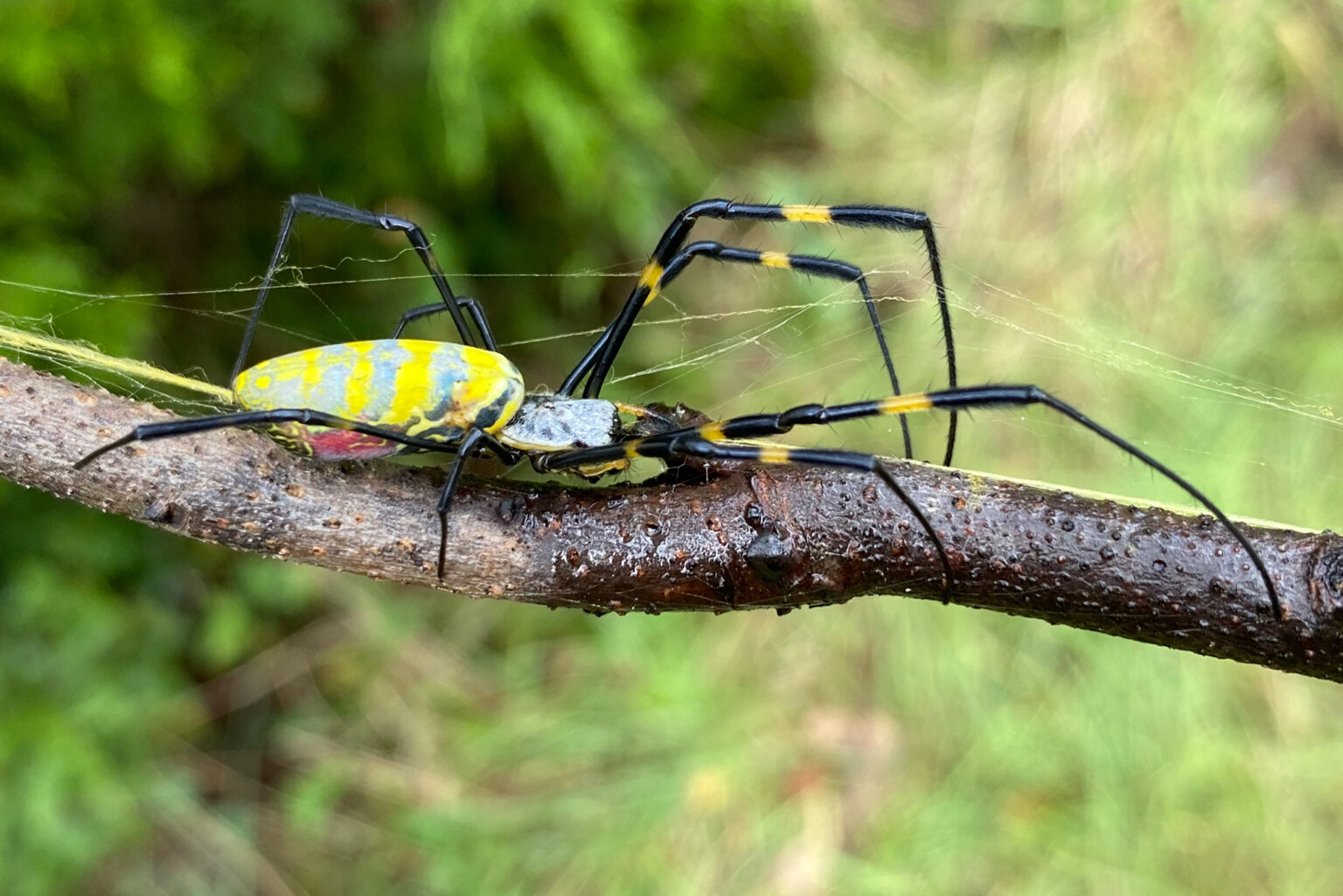This summer, the Eastern Seaboard of the United States can expect a new type of visitor. The Joro spider from Japan. While the Joro spider in Florida isn’t a concern yet, it could be in the future.
Just catching a ride
The Joro spider has actually been found in Georgia and South Carolina since 2013. In fact, it was researchers at the University of Georgia that first determined that the spiders will be on the move this summer. This summer, millions of them will travel to New England via “ballooning.” This is when they use their silk webs to travel by the wind. They also travel through human interaction. The first Joro spider probably came to the United States via shipping container. Now they can hitch a ride to new locations by car or luggage. The Joro spider in Florida could be the next big thing.
Don’t fear the Joro spider in Florida — or anywhere
While they may look intimidating, they are harmless. Well, they are venomous, as most spiders are. But, their fangs are so small they cannot break human skin. Plus, they only bite when they feel cornered. They are really more of a nuisance than a threat. And according to science, we have no one to blame but ourselves.
“There’s really no reason to go around actively squishing them,” says Benjamin Frick, undergraduate researcher in the School of Ecology at the University of Georgia. “Humans are at the root of their invasion. Don’t blame the Joro spider.”
Related story: Brown Pelican entanglements a worrying issue
Joro spiders don’t appear to have much of an effect on local in Georgia. So hopefully they won’t bother ecosystems in the rest of the country. They may even serve as an additional food source for native predators like birds.
How to help track the Joro spider in Florida
Still worried about the Joro spider in Florida? Then you can help track their movements. Researchers at the University of Georgia use records from iNaturalist to track sightings. iNaturalist is a joint venture from the National Geographic Society and California Academy of Sciences that plots user reports of animals to create location data on a variety of species.





























